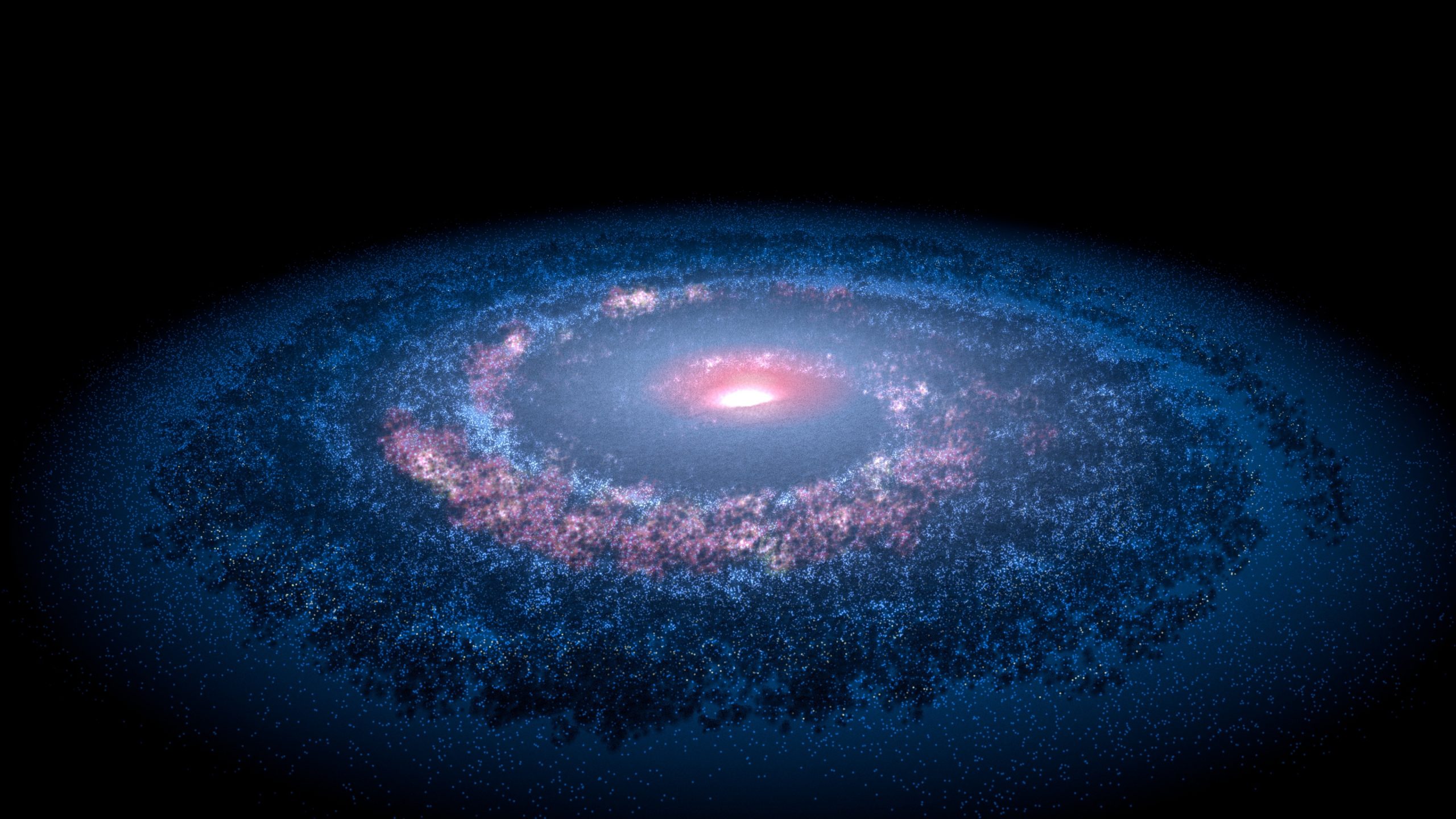
Our Milky Way Galaxy isn’t that special, reveals new data
A standard model for the satellite galaxies present around host galaxies stated that these dwarfs moved about in a random fashion with no specific direction or pattern. However, a recent study into these dwarf galaxies has revealed a finding that could change the way we look at the model of our cosmos.
The astronomers have studied the Centaurus A, a neighboring galaxy located about 13.05 million light-years away from our blue planet. The study stated that the smaller galaxies surrounding this massive host galaxy do not behave in a random fashion but reflect a pattern which could call for a renewal of the present theories related to the dark matter present in the space.
The standard model for our universe has been named “The Lambda Cold Dark Matter Model.” As stated by the model, around twenty-three percent of total mass comprising the Universe has been shaped by the dark matter which are invisible particles found in space. This means the dwarf satellite galaxies that orbit massive galaxies such as the Milky Way would have formed in the dark matter surrounding the host galaxy while being located in a pattern-less distributed manner with movement in random pathways.
However, the study conducted in the year 2014 revealed that the galaxies move in a specific pattern around the massive galaxies. The researchers studied the neighboring Andromeda galaxy along with the Milky Way to determine that the galaxies orbit in a disk-like pattern. This is similar to the orbit followed by the planets around our Sun.
A similar pattern was seen in the Centaurus A by a study conducted by the researchers from the University of Basel. The study involved lead author Marcel Pawlowski and the co-author of the study Oliver Muller.
Earlier the scientists speculated the Andromeda galaxies and Milky Way to be outliers, but after noticing a similar trait in the Centaurus A, the scientists finally confirmed that this patterned orbital pathway is universal. This revelation points out the presence of a major flaw in the cosmological model that needs to be modified with respect to the latest findings. However, many astrophysicists are still debating on the change to be included in the universal model.
The study involved the researchers studying the individual velocities of the galaxies that located at our direct line of sight. However, the ones that do not align with our visibility pathway could not be measured in terms of velocity. This is why it is difficult to determine if the galaxies are rotating in the planes or they just seem to be doing so but actually aren’t.
To proceed further with a confirmed answer for the study, NASA is coming with the most powerful telescope yet named the “James Webb Space Telescope” along with help from the “Stalwart Hubble.” These instruments together shall house the power to look beyond the present visibility range. Hence, the scientists shall have more specimens of galaxies to study and develop the present cosmological model accordingly, if needed.


